by Tom Konrad Ph.D., CFA
A large and growing number of individual investors are showing an interest in divesting from fossil fuels. Where in the past I have been asked to give a talk on divestment once every year or two, I’ve spoken on the subject three times so far in 2020. (Here is a recording of a presentation I did for my college alumni association.)
The response to these talks has been overwhelmingly positive, but I’m left with the impression that a lot of the less financially sophisticated attendees are still not sure where to start. For most of these attendees, the right approach will be to find an investment advisor who has a focus on environmentally sensitive portfolios, or to build their own portfolio using mutual funds. I think I give most attendees what they need to find a good investment advisor, but I usually don’t have the time to go through the steps of building an appropriate mutual fund portfolio from scratch.
So here it is, step by step.
Step 1: Pay down debt and defossilize your life.
If you have investable assets (beyond a six-month emergency fund) held outside a tax advantaged account such as a 401(k) or an IRA, and you also have debt, you can save on investment fees and lower your overall risk by taking enough money out of your mutual funds to pay off your debt (car loan, credit cards, and even a mortgage.) If those mutual funds are invested in fossil fuel companies, this also has the advantage of starting you on your way to divestment.
The benefits of paying down debt are so great that even the mortgage interest tax deduction is not worth it. If you can pay down or pay off your mortgage using investment money, do so! By reducing your monthly expenses, you will free up more money to invest in the future, and the amount of money you save is more reliable and likely to be significantly more than the money you would earn with mutual funds.
If you own a home, you can next consider upgrades like having your home weatherized (insulation and air sealing), upgrading your heating and cooling system to heat pumps (air source or geothermal), installing a heat pump water heater, making your next car an electric or plug-in electric vehicle, an electric induction stove, and installing solar on your home. Check your local utility to see if they have rebate programs for measures like these. There is now also battery electric yard equipment that is as powerful as gas for a similar price. Defossilizing your whole life is not only a great way to get off fossil fuels, but it often pencils out as a very attractive investment.
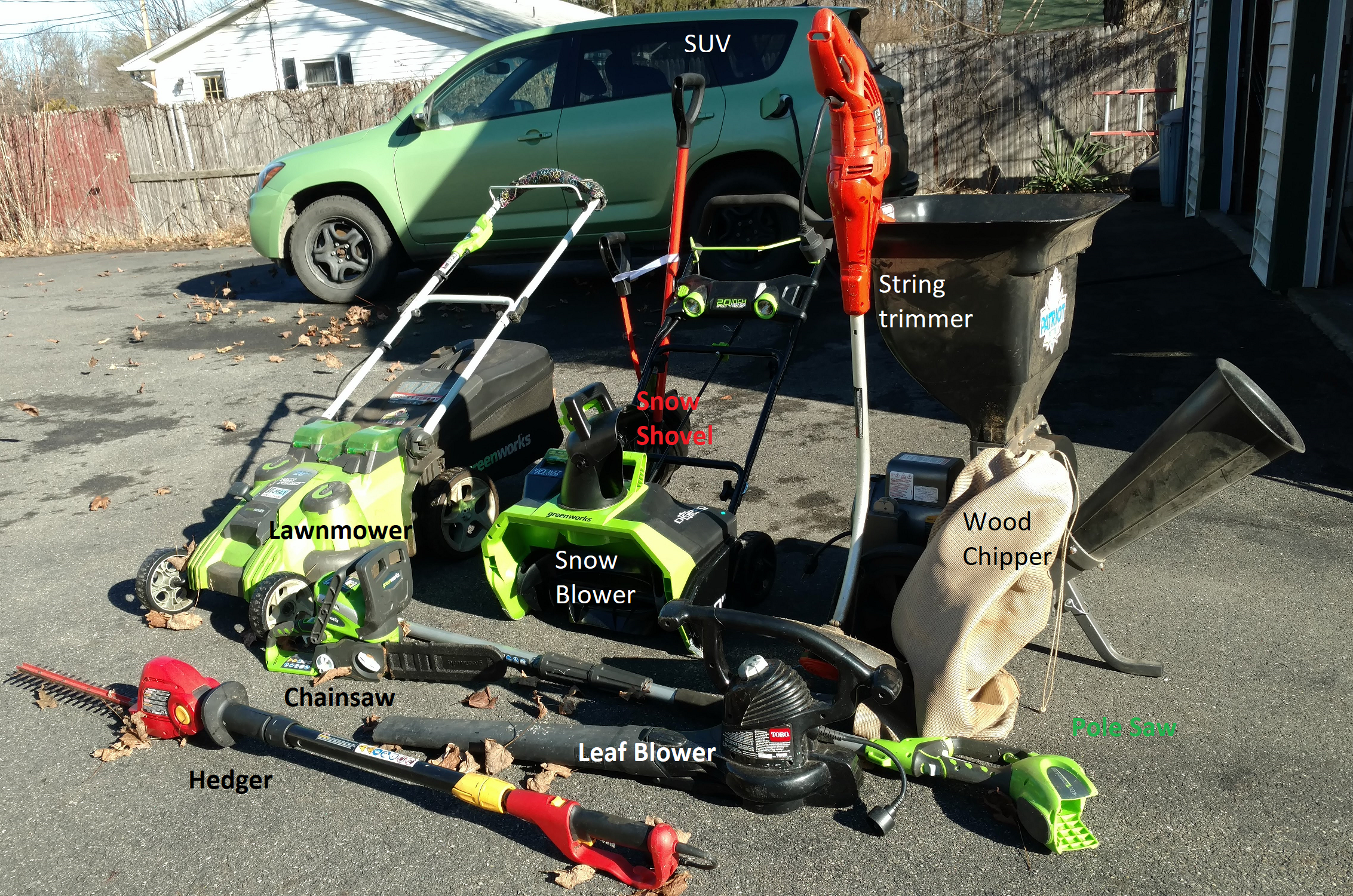
Step 2: Determine your target asset allocation
The mix of stock mutual funds and bond mutual funds you need depends on your risk tolerance, level of assets, and financial goals. You can determine an appropriate asset allocation for yourself using an online asset allocation calculator, such as this one.
The asset allocation calculator will give you a percentage allocation to stocks, bonds, and cash. All you have to do then is to put your money into appropriate mutual funds or other investments in each of these categories.
Step 3: Cash Investments
In a brokerage or mutual fund account, most people generally keep their cash investments in a money market mutual fund. In general, the default is for cash not invested in other funds to be “swept” into a default mutual fund.
Funds from money market mutual funds are generally lent to banks and other companies as very short term loans. Because most large banks in turn invest in fossil fuels, these money market mutual funds are not fossil fuel free.
For a fossil free cash investment, one of the simplest options is to open a savings account at a local credit union. Credit unions lend money to local individuals and small companies, and so their investments are almost always fossil fuel free. In addition you are covered by NCUA insurance against the insolvency of the credit union.
If you want your money to be actively helping the clean energy transition, a good option is Clean Energy Credit Union.
Step 4: Bond Investments
Most fossil fuel free mutual funds focus on stocks (aka equities) rather than bonds.
Interest rates are very low right now, and the few fossil fuel free bond funds out there pay very little interest. For example, the Calvert Bond Fund (CSBCX) currently pays only a 0.90% yield. At this interest rate, most people are better off turning to their credit union (see step 3) and building a CD ladder (see link for a how-to or your credit union can help you with it).
A five-year CD ladder at my local credit union is currently paying about 2% annual interest, far better than the bond fund above. Plus, you also get the benefit of NCUA insurance, mentioned above.
Step 5: Equity Investments
To keep this simple, and low cost, we will use a fossil fuel free index ETF, the SPDR S&P 500 Fossil Fuel Reserves Free ETF (SPYX) for 80% of your equity allocation. Hence if your target asset allocation is 60% equities, 80% of that or 48% (0.48 = 0.60 x 0.80) should be allocated to SPYX. You can buy SPYX in almost any online investment account.
We want to allocate the remainder of your equity allocation to small and medium capitalization companies, since SPYX contains only large capitalization firms. To find one of these, I took the top rated fund in the “small blend” (which means a blend of growth and income stocks with small capitalization) category on FossilFreeFunds.org. This was the Aperture Discover Equity Fund (ADISX).
Including SPYX and ADISX in this example is not intended as an endorsement of these particular funds, but rather of the general strategy of using an index fund for most of your equity allocation, combined with a more specialized fund or funds to fill in the gaps in equity allocation that the index fund might be missing.
The options for fossil fuel free index funds are limited. SPYX was simply the only broad market fossil free index fund I found. In contrast, there are many small and medium capitalization fossil free funds which I could have used. ADISX stands out because of its sustainability mandate and because it is a concentrated, actively managed fund holding just a few stocks. While most actively managed funds fail to outperform the market, research has found that concentrated actively managed funds can and often do. If we are going to pay higher fees for active management, we should at least invest in a fund that has a good chance of outperforming the market.
Step 6: Rebalance
Every year, one of the CDs in your CD ladder will mature. This is a great opportunity to rebalance your portfolio. To do this, use the asset allocation calculator again. The allocation may change slightly as you age, and as your income requirements and market outlook change over time. The value of your equity mutual funds will have changed as well with fluctuations in the stock market.
If your mutual fund investments have grown beyond your target equity allocation, sell some of one or both of the mutual funds to bring them back to a 80:20 ratio between them, and to bring your overall equity allocation back in line with your target. Allocate the cash from your maturing CD into a new 5 year CD and your savings account to bring your cash and CD ladder in line with your new bond and cash allocation targets.
Then, keep saving but otherwise ignore your investments until your next CD matures in a year.
Example
Suppose a 55 year old on October 28th, 2019 has $120,000 of investable assets after paying off her mortgage and investing in her home. She has a moderate risk tolerance, but is worried about the economic outlook, so the asset allocation calculator tells us that she should have 51% ($61,200) in equities, 25% ($40,000) in bonds, and 24% ($28,800) in cash.
She puts $28,800 in a local credit union savings account, and, in addition, buys 5 CDs for $8,000 each. She splits the $61,200 into $48,960 which she invests in SPYX and $12,240 which she invests in ADISX.
The amount invested in SPYX may need to be slightly more or less in order to buy an even number of shares, although some brokers allow you to buy fractional shares of some stocks and ETFs. Do not be concerned about this type of adjustment; asset allocation is far from an exact science.
A year later, on October 28th, 2020, the savings account earned $144 in interest, the CDs have earned $800 in interest. She has saved another $15,000 to add to her investments. SPYX has returned 13.8% in combined capital gains and dividends. ADISX did not exist before January first this year, but it has gained 29.7% since then, so we will use that gain in our example.
We will assume the woman’s target allocation has changed to 50% equities, 26% bonds, and 24% cash when she puts in her new age and outlook into the allocation calculator.
After the first year, her assets are:
| Asset | Dollar Value | Percent | Target Percent | Target Dollar Value | Buy/Sell |
| Cash (including maturing CD, interest earned, and new savings) | $52,744 | 33.7% | 24% | $37,520 | Use $15,224 to buy other assets. |
| 4 CDs, 1-4 years until maturity, $8K each | $32,000 | 20.5% | 26% | $40,647 | Buy $8,647 CD maturing in 5 years |
| SPYX | $55,716 | 35.6% | 40% | $62,534 | Buy $6,818 |
| ADISX | $15,875 | 10.2% | 10% | $15,634 | Sell $242 |
| Total | $156,335 | 100% | 100% | $156,355 | – |
Since ADISX is above its target, she sells $242 of that. SPYX is below its target, so she buys $6,818 of that. Finally, she reinvests $8,647 of the maturing CD and cash in a new 5 year CD and keeps the rest as cash in her credit union savings account. A Google spreadsheet with these calculations can be found here.
For the next year, she does not think about her investments (except for putting whatever she can spare in her savings account every month) until the next CD matures. Then she repeats the rebalancing process.
Conclusion
The above is intended as a simple guide to get an fossil fuel free portfolio for most small investors. There are numerous possible refinements or variations that could be equally appropriate, including using more or different mutual funds, and including allocations to other asset classes such as international stocks and bonds or real estate.
I did not cover any of these variations in the interest of putting together something that is simple and actionable. Few small investors currently have portfolios that are really right for them. For most such investors, this framework will help them create a low cost fossil fuel free portfolio that suits their needs as well or better than what they currently have.



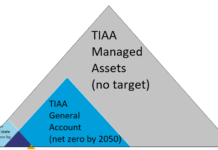
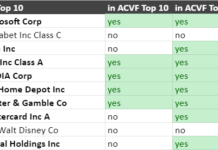
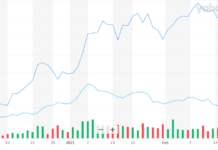
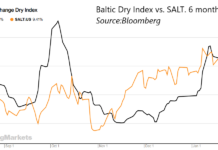


There is a relatively new Credit Union called the Clean Energy Credit Union which uses the money members deposit to make loans for (home) energy efficiency upgrades, electric vehicles and (home) renewable energy projects–like solar panel installations.
Obviously a local credit union, as you mention, is always a good alternative too.
Thanks for the tip… I might even stick a link into the article.
A good article to read. Fossil fuel divestment can accelerate the adoption of the renewable energy transition. This can eventually reduce carbon emissions.